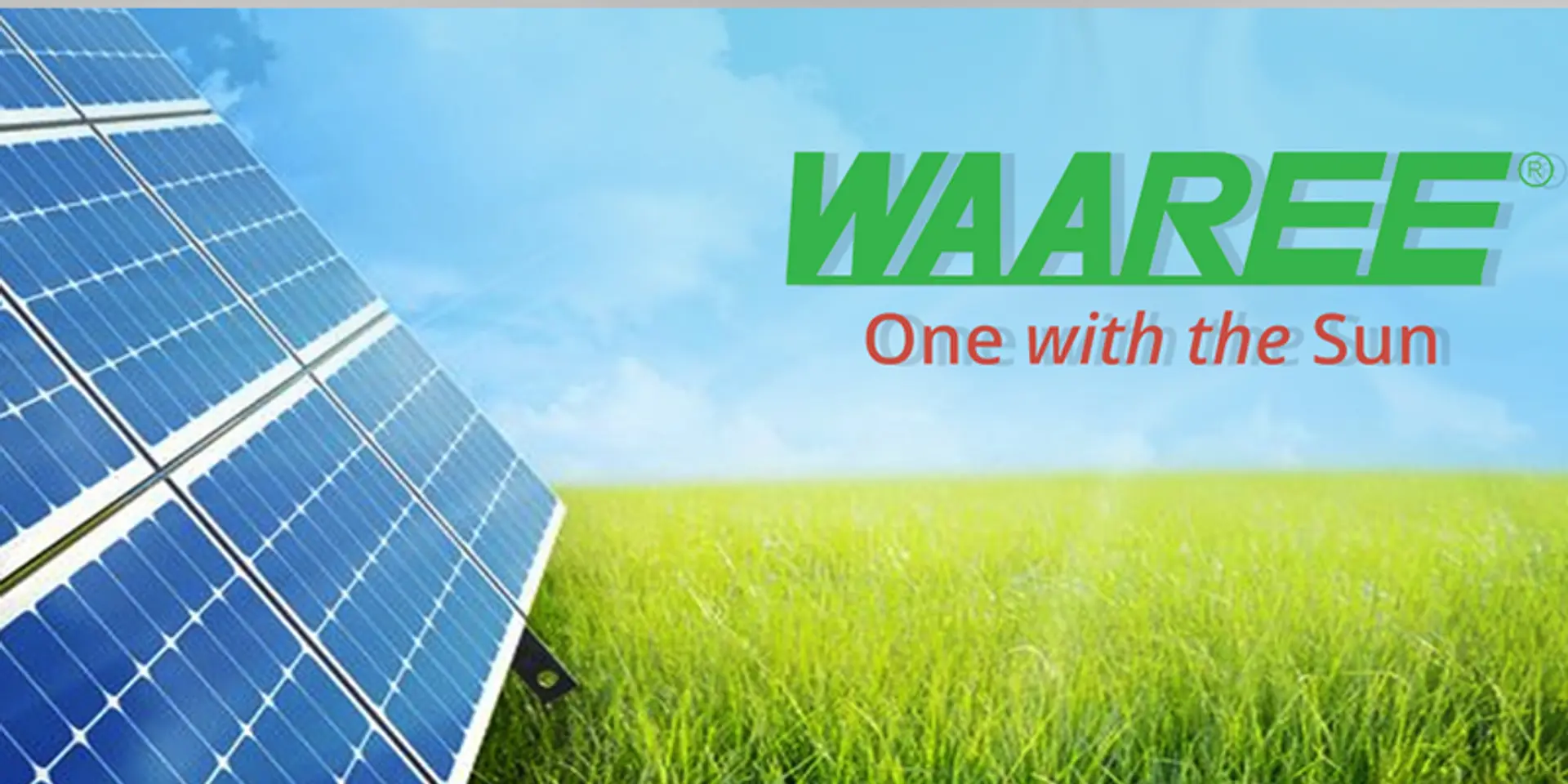Waaree Energy: Business Case Study on the Underdog of India’s Renewable Energy!
Waaree Energies is revolutionizing India's solar industry, outpacing even the biggest players with its innovative strategies and rapid growth. Discover how this underdog is set to break China's monopoly and power India's renewable future—read the full story now!
In an era where nations are grappling with both climate change and energy dependency, India's resolve to embrace renewable energy shines bright. Amidst the solar power surge, Waaree Energies has emerged as the unlikely hero. With India aiming to become the third-largest economy under the Modi 3.0 government, energy security is paramount, especially as rising inflation, foreign pressures, and fierce global competition loom. At the heart of India's power puzzle is its persistent oil dependency problem, but a hidden gem in the renewable energy sector may just have the answer: Waaree Energies.
The Oil Dependency Problem and India's Renewable Solution
India’s energy demand, coupled with its oil dependency, not only inflates costs but makes it vulnerable to international economic shifts. Renewable energy, particularly solar, offers a clean solution to this growing crisis. However, there’s a catch: India relies heavily on China for solar panel materials, with China monopolising over 80% of the global solar panel production process. For context, China manufactures solar panels at 50% lower cost than Europe and 65% lower than the U.S. In fact, the European Commission's 2023 study revealed that Chinese companies produce solar panels for 16 to 18.9 cents per watt, far cheaper than European (24.3 to 30 cents per watt) and U.S. (28 cents per watt) counterparts.
But here’s the twist: Waaree Energies has risen above the Chinese tide, making waves in India’s solar landscape. By 2024, Waaree boasts a production capacity of 13.35 GW, three times that of Adani’s 4 GW and comfortably surpassing Vikram Solar’s 3.5 GW.
Waaree’s fiscal performance is equally striking. In FY23, where Adani’s Mundra posted a revenue decline of -12%, Vikram Solar dipped by -7%, and Tata Power faced a -19% slump, Waaree surged ahead with a 136% revenue growth and a jaw-dropping 538% net profit growth.
Breaking the Chinese Monopoly: Waaree’s Solar Superpowers
So, how is Waaree Energies outshining even the corporate giants of India, like Adani and Tata? Let’s break down their strategy into three "superpowers":
- Manufacturing Scale: Waaree understands that to compete globally, scale is essential. By ramping up production capacity, the company has achieved cost efficiencies, gradually closing the price gap with Chinese manufacturers. With global solar demand on the rise, Waaree has positioned itself to benefit from this shift.
- Vertical Integration for Supply Chain Security: While many Indian solar companies rely heavily on Chinese imports, Waaree is taking bold steps to vertically integrate its supply chain within India. From producing ingots and wafers to solar cells and modules, Waaree is working towards self-reliance. By building out this domestic infrastructure, Waaree is not only safeguarding itself from the notorious Chinese “dumping” strategy but also aligning itself with government policies aimed at boosting indigenous manufacturing.
- Expansive Distribution Network: A significant aspect of Waaree’s success is its vast distribution network, achieved through a franchise model that spans across India. With over 388 unique franchises, Waaree can reach even the remotest corners of the country, including Tier 2 and Tier 3 cities. This grassroots penetration ensures the company is a household name in both rural and urban settings.
Waaree’s Challenges: Battling Price Drops and Chinese Dumping
Despite its meteoric rise, Waaree faces significant challenges. The price of solar modules has plummeted by 95% from $1.78 per watt in 2010 to $0.096 per watt by 2024, compressing profit margins. Moreover, Waaree still imports 70% of its raw materials from China, which leaves it vulnerable to China’s aggressive dumping strategy.
Government Support: A Ray of Hope for Indian Solar
The Indian government is not leaving its solar champions to fend for themselves. Through initiatives like the Domestic Content Requirement (DCR) mandate, Performance Linked Incentive (PLI) schemes, and imposing 40% import duty on solar modules, India is steadily pushing for more domestic manufacturing. Additionally, subsidies aimed at rooftop solar installations are expected to drive consumer demand, with the government setting an ambitious goal of 1 crore Indian households switching to solar.
In a nutshell, Waaree is the "light at the end of the power tunnel"—and as the underdog continues to rise, it’s a reminder that sometimes, the best stories come from those who are quietly breaking records in the background.







